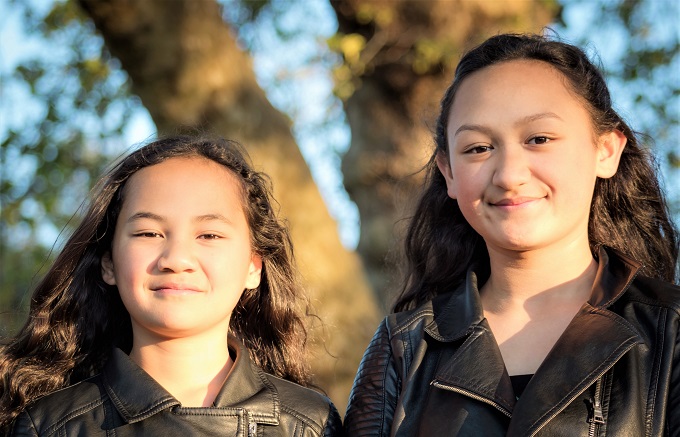
© Molly - stock.adobe.com
The new dashboard features the ability to see patterns and trends for learners, making the data more effective at forecasting education needs for ākonga Māori.
Te Mataaho-a-Iwi, Iteration II was developed in partnership with iwi leaders and the Ministry of Education as part of the commitment to ensure iwi decision making is supported by appropriate and fulsome data and statistics.
Alex Brunt, Tumu Te Puna Mōhiotanga (National Director for Evidence Data and Knowledge) at the Ministry, says extensive work has been done to improve the quality of the underlying data, providing a higher degree of confidence to iwi.
“Iwi can access info and graphics showing schools and locations, early childhood education participation, Māori language learning, highest attainment and tertiary destinations of their members – noting attendance data is not in this iteration. The enhanced data and insights include:
Cyril Mako, Chief Adviser Priority Learners for the Ministry, is working with iwi so they can fully utilise the dashboard and says the collaboration does not stop there.
“Over the medium term it is our aim to grow this dashboard by adding further data so that iwi have a way to access data that provide insights into the educational pathways of their ākonga and supports their decision-making process.
This work will continue to be guided by iwi data needs and as this project matures, iwi will have a rich repository of insights into ākonga achievement and pathways.”
The dashboard will be available at the Ministry’s Education Counts website.
Educators and politicians are trying to address the current teaching shortage through different policy settings.…
Melanie Webber was the president of the secondary school union PPTA Te Wehengarua from 2021…
Wait times for paediatric care is having an impact on young people’s education and the…
Home of the brave, land of the free… except when it comes to books for…
Could a gender achievement gap in maths be due to confidence? Sarah Buckley from the…
The much-delayed English draft curriculum is now out for consultation, generating discussion from teachers.
This website uses cookies.